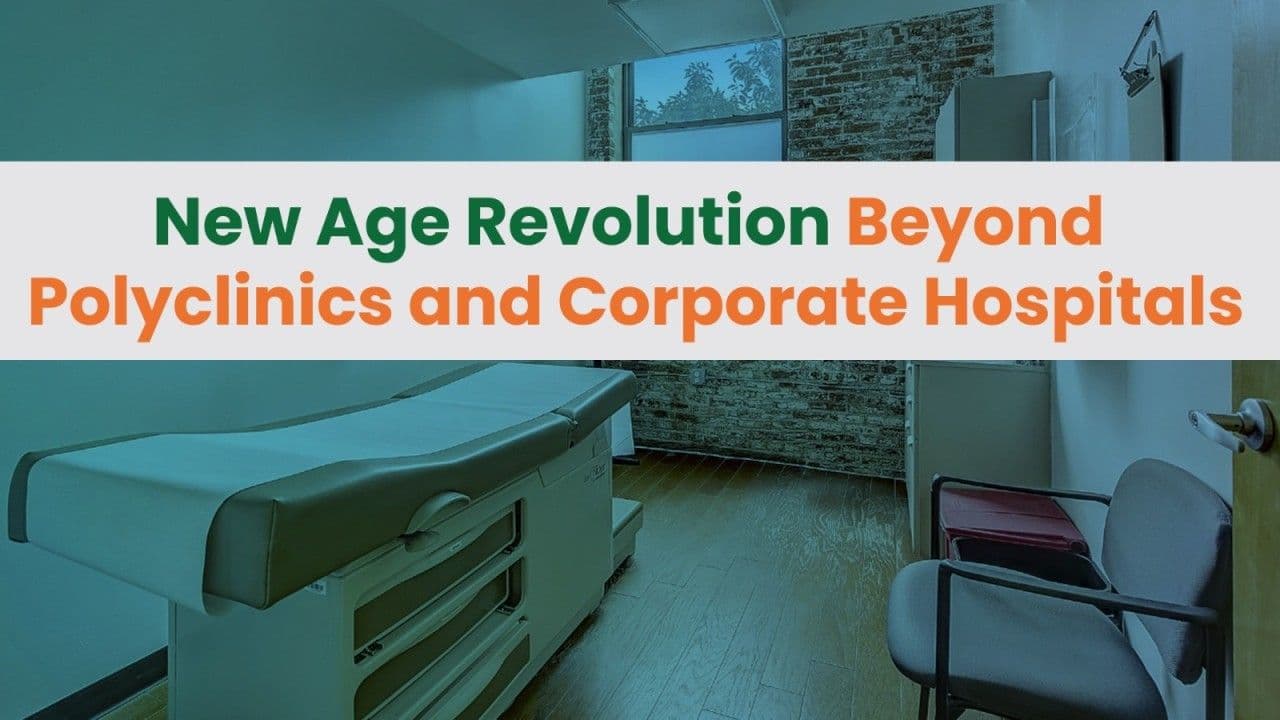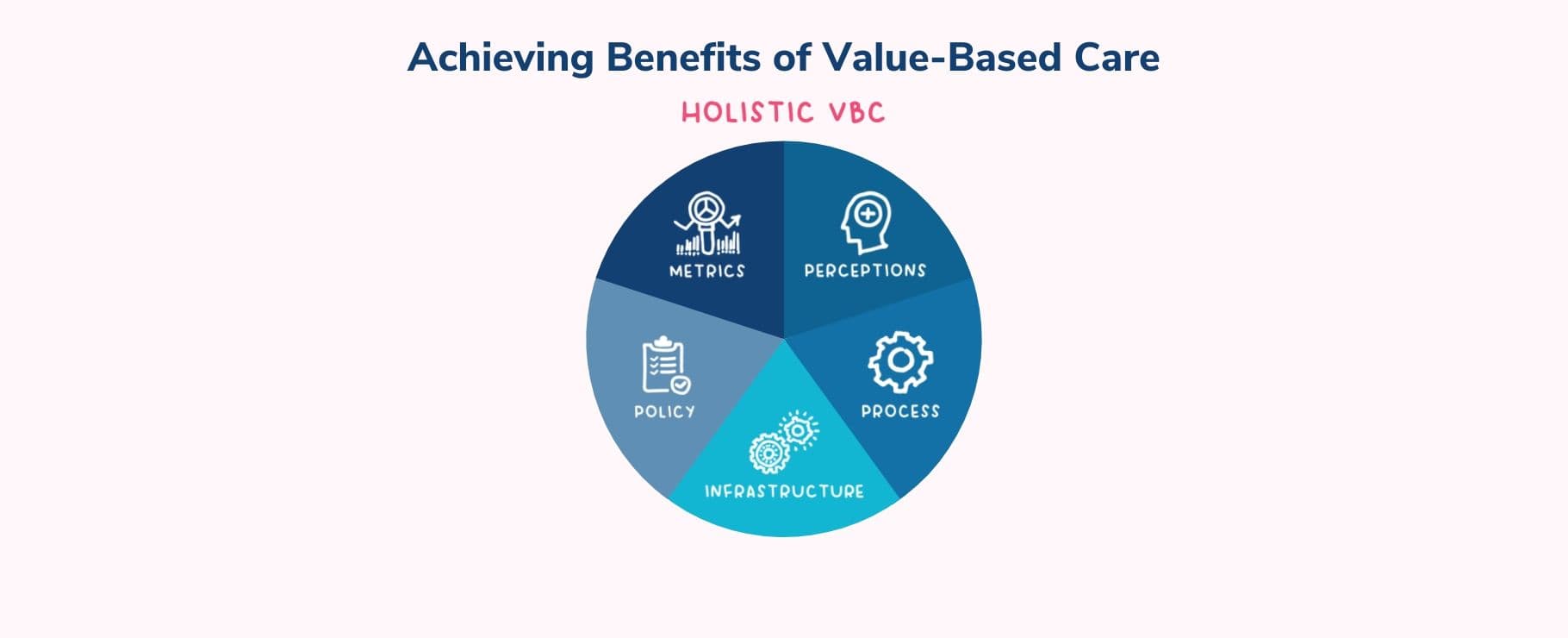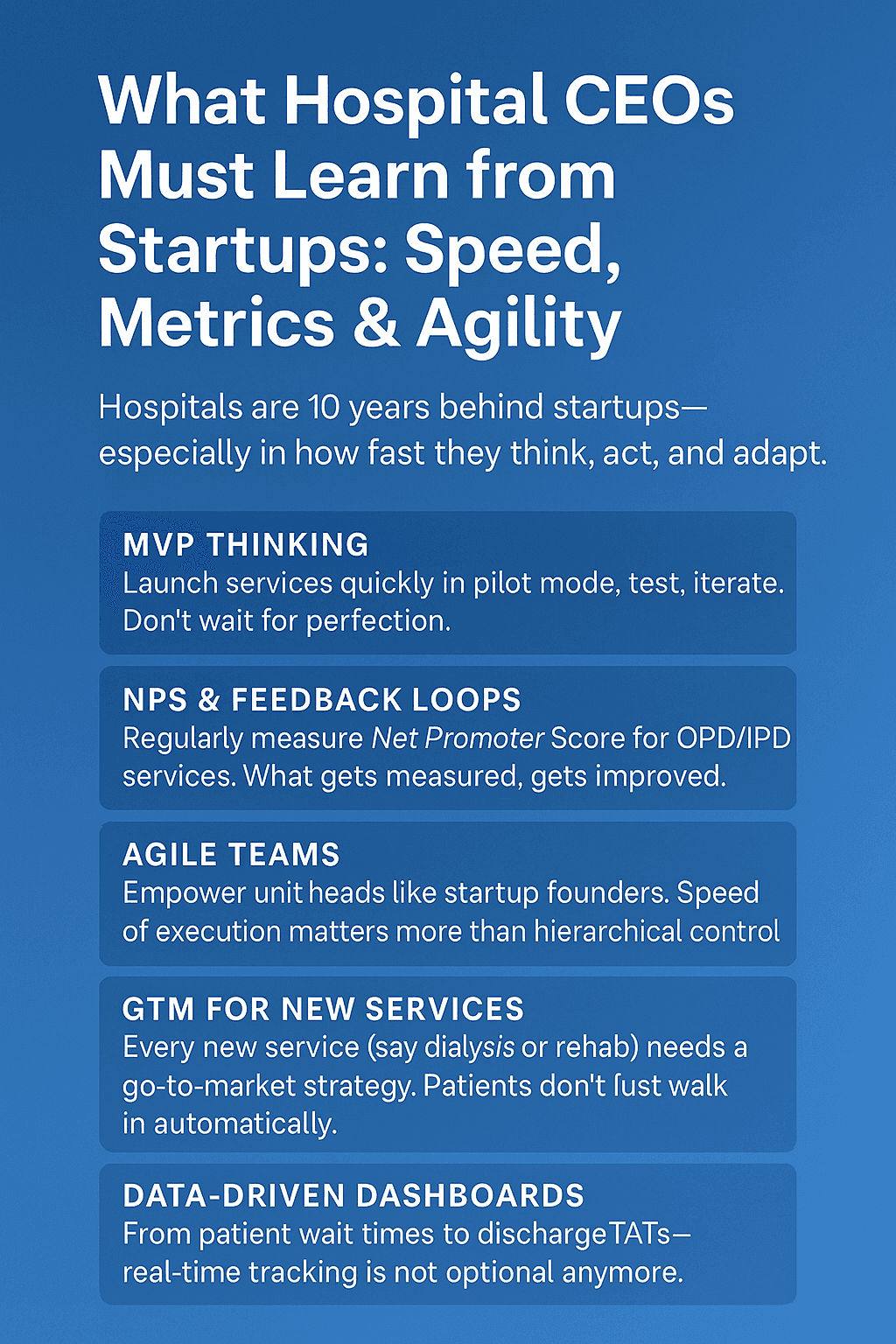Co-Working Spaces for Doctors: The New Age Revolution Beyond Polyclinics and Corporate Hospitals

The Story of a Doctor’s Struggle in the Digital Era
The rapid pace oftech integrationinto healthcare, especially in urban areas, has created a sharp divide between doctors who can adapt and those who cannot. A case in point is a young doctor who recently opened his clinic, whose story paints a vivid picture of the hurdles facing modern practitioners:
This doctor, atopper in his batch, was known for his incredible skills and dedication. But despite his credentials, he faced one harsh reality:networking, digital presence, andmarketinghave become more important than medical expertise for growing a practice today. He neither belongs to influentialsocial or caste platformsnor has a significant following onFacebookorInstagram. Unlike some of his colleagues, who barely passed their exams but now have thriving practices due tostrong networkingand aggressivedigital marketing, he struggles.
His friends, who post health tips onsocial media, share live videos of their morning walks and even offer tutorials on how to use the restroom, are gaining followers rapidly. They’ve transformed themselves intohealth influencers, selling online courses, claiming to cure diabetes, thyroid problems, and arthritis with home remedies, all while securing lucrative commissions from online appointment platforms. They invest inSEO, digital marketing, and even hire agencies to boost their visibility on Google.
Meanwhile, our doctor is left wondering: should he become an influencer? Should he startonline courses, spend heavily onGoogle reviews, or hire adigital marketing agencyjust to survive? The reality is harsh—running a clinic has never been more complicated.
The Traditional Polyclinic Model: Once Practical, Now Limited
Thepolyclinicmodel in India has a long history of providing shared resources for multiple doctors. Typically, a polyclinic is a facility where doctors of various specialties practice under one roof, sharing space, administrative support, and some diagnostic equipment. This model was born out of a need for convenience and cost-sharing.
In thepast, polyclinics were attractive because:
- Doctors shared overhead costs, reducing the financial burden on each individual practitioner.
- There wascross-referral potential, with patients visiting one doctor often seeking additional consultations from others in the same clinic.
- Basic diagnostic toolswere available in-house, offering a one-stop-shop experience for patients.
However, the model is nowshowing its age. With limited technology integration, minimal control over branding and patient engagement, and rigid operational structures, polyclinics have not kept pace with thedigital revolutionin healthcare.
Co-Working Spaces for Doctors: A Paradigm Shift
In stark contrast to polyclinics,co-working spaces for doctorsoffer a moremodern, flexible, andtech-savvyalternative. These spaces provide much more than just shared real estate. They bring together:
- State-of-the-art infrastructure, with access to advanced diagnostics, telemedicine capabilities, and even personalized consultation rooms.
- Complete tech integration, offering doctors everything fromcloud-based patient management systems (CRM)totelemedicine apps, and evenautomated scheduling platforms.
- Marketing and digital presence support, includingSEO optimization,website creation, andsocial media management.
- Licensing and compliance assistance, taking the burden off doctors when it comes to regulatory paperwork.
- Apay-as-you-gomodel, allowing doctors to rent space as needed, providing flexibility without heavy financial commitments.
Why Co-Working Spaces for Doctors Are Superior to OPDs in Corporate Hospitals
In mostcorporate hospitals, doctors are employed to runOutpatient Departments (OPDs). While corporate hospitals offer prestige and established patient inflows, theseOPD modelscome with significant limitations:
- Revenue-sharing agreementsoften take a significant cut from a doctor's income.
- Doctors havelimited controlover their schedules, patient interactions, and treatment protocols.
- Marketing and brandingare handled by the hospital, leaving doctors with minimal scope to build their own professional identity.
Co-working spaces, on the other hand, offerfull autonomy. Doctors have complete control over their practice, retain100% of their earnings, and can customize their patient interaction protocols. Additionally, co-working spaces allow doctors tocreate their own brand, usingdigital marketing toolsandsocial media presence—all within a flexible, scalable business model.
Why Co-Working Spaces Are Better Than Pharmacy-Attached Clinics in Small Towns
In smaller towns, many doctors set up clinics attached topharmacies. While this model provides easy foot traffic and lower upfront costs, it lacks theprofessionalism,advanced infrastructure, andtechnological integrationthat modern practices require.
- Pharmacy-attached clinics often rely heavily onwalk-in patientsand word-of-mouth referrals, with no real mechanism for scaling or expanding patient reach.
- Thelack of tech infrastructurelimits the doctor's ability to offertelemedicine, online appointments, or build a digital presence.
In contrast, co-working spaces give doctors access tostate-of-the-art facilities,digital marketing tools, and atech-enabled patient management system, allowing them to cater to both in-person and online patients seamlessly.
Related Articles

Generic Medicines & the Rise of Jan Aushadhi Kendras in India: Promise, Pitfalls, and the Path Forward
In a country where millions fall into poverty due to healthcare costs, Jan Aushadhi Kendras have emerged as a lifeline — offering quality-assured generic medicines at 50–80% lower prices. Over 14,000 such stores now serve India’s most vulnerable. Yet, as journalist Durgesh Nandan Jha recently reported, the shift toward generics has sparked a nationwide debate: Is affordability enough without guaranteed quality? While many healthcare leaders hail the model as a landmark in access and equity, others warn of regulatory gaps, poor pharmacovigilance, and silent therapeutic failures. As one doctor put it, “A ₹1 paracetamol that doesn’t work is not affordable — it’s potentially fatal.” This article explores the ground reality behind the generics movement — blending data, diverse expert opinions, and a call to action: India must now evolve from “cheap drugs” to “trusted generics.”

🏥 Hospital Boards Are Getting It Wrong If Your KPI is OPD Footfall, You’re Missing the Bigger Picture
Most hospital boards in Tier-2 India still track outdated metrics—OPD footfall, bed occupancy, and monthly billing—as signs of success. But in 2025, that’s no longer enough. Today, clinical outcomes, patient satisfaction, and operational efficiency matter more. Recent SME IPOs of small hospitals like Broach Lifecare and Shanmuga Hospital show that investors are backing value, not volume. Hospitals that shift from counting patients to improving care quality will lead the future of healthcare. Boards must evolve from revenue watchers to outcome enablers. Because in healthcare, impact matters more than intake.

𝗪𝗵𝗮𝘁 𝗛𝗼𝘀𝗽𝗶𝘁𝗮𝗹 𝗖𝗘𝗢𝘀 𝗠𝘂𝘀𝘁 𝗟𝗲𝗮𝗿𝗻 𝗳𝗿𝗼𝗺 𝗦𝘁𝗮𝗿𝘁𝘂𝗽𝘀: 𝗦𝗽𝗲𝗲𝗱, 𝗠𝗲𝘁𝗿𝗶𝗰𝘀 & 𝗔𝗴𝗶𝗹𝗶𝘁𝘆
In today’s rapidly evolving healthcare landscape, traditional hospitals cannot afford to operate at yesterday’s pace. While startups are innovating at lightning speed—launching features, iterating on feedback, and scaling rapidly—many hospitals are still stuck in bureaucratic inertia, delayed decisions, and outdated management models. This article explores how hospital CEOs can adopt startup principles to drive operational efficiency, improve patient outcomes, and remain competitive. From MVP-based service launches to real-time dashboards, agile leadership structures, and data-driven decision-making, it outlines a practical roadmap for hospital leaders who are ready to embrace the mindset of a modern, patient-centric enterprise. The future of healthcare belongs to those who can move fast, measure right, and adapt with precision. It's time hospital leadership started thinking like entrepreneurs.

दिखावे के ज़माने में टूटते लोग: सोशल मीडिया, AI और हमारी अधूरी ज़िंदगी
सोशल मीडिया के इस तेज़ और चमकदार युग में, जहाँ हर मुस्कान में फिल्टर और हर रिश्ते में confusion है, वहाँ असली खुशी और सुकून दूर होता जा रहा है। हम सब दिखते बहुत 'happy' हैं, लेकिन अंदर से थके हुए, उलझे हुए और कभी-कभी टूटे हुए भी। AI से बात करना आसान हो गया है, पर अपने दिल की बात किसी अपने से कहना अब भी सबसे मुश्किल काम लगता है। ये लेख उसी नकली हँसी के पीछे छिपे दर्द, रिश्तों की उलझनों और mental health की सच्चाई को उजागर करता है – एक तंज, एक सच और एक कोशिश, कि शायद कोई पढ़कर रुक जाए... और खुद से या किसी से बात कर ले।

Syllabus ke bahar ka sawaal !
Busy in month-end closing? I bet you're deep in numbers: revenue, COGS, ROAS, margins, CAC, and all those financial metrics that keep the business world running. But let me ask you this: what about the numbers that truly matter? The numbers that can mean the difference between life and death?